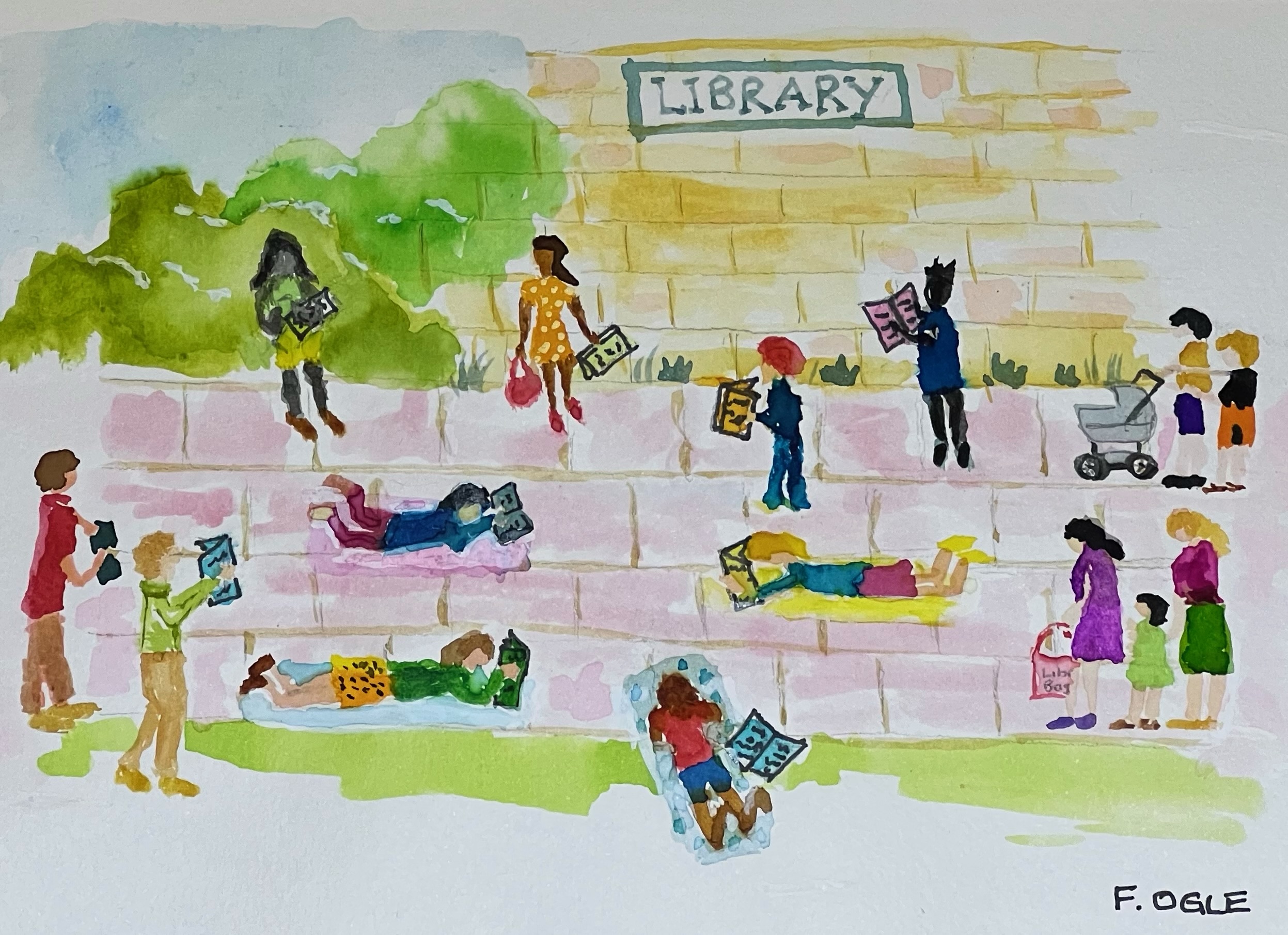
One thing I learned early in my career was to closely observe and analyse trends in publishing – or at least to try. To stay abreast of what is being published (especially at what times of year) and what is being read, because they aren’t necessarily the same thing.
But I soon discovered how impossible it was (still is) to stay on top of all the new releases, the prize winners and the mind-blowing ideas and stories that are being published every single day. Not just to observe them, but also to read and absorb them.
So many good books, so little time!
Biography and life writing
Researchers and scholars have long written about emerging trends in literature and literary scholarship – what they call “turns”. The biographical turn came in the late 20th century, in the 1980s, when biographical research began to be accepted as a critical method of scholarship,1 coinciding with the revolution in information, communications and technology, and a boom in the publication of memoir.
Books exploring the inner and outer workings of people’s lives remain hugely popular. The enormous range of books in the category of biography and life writing include the standard, classic subgenres of autobiography, biography and memoir (of people, families, groups, cultures, organisations, places and things). From these have emerged autofiction, heritage fiction and other sub-subgenres that put to work elements of fiction, such as mystery and magical realism – even speculative elements – in the telling of a life, event or experience.
Why so much trauma?
Over the course of my career, I have worked with authors and publishers across all of these genres and subgenres, and for me this work continues to hold endless fascination and interest.
A question that arises repeatedly is this: Why are so many biographies, memoirs and life stories centred on trauma?
The simple answer is, I suppose, because people love to read about trauma.
Really?
I mean, as children we relish stories about perfectly ordinary, happy lives. As we do in adulthood – and here, of course, I can only speak for myself.
But by the time we’ve graduated to “serious” adult reading, it seems there is a growing expectation that a life ought to be extraordinary if it is to be worth writing (and reading) about.
Interestingly, “extraordinary” often means having overcome tremendous difficulty in life.
Trauma is everywhere – or is it?
We all experience difficulties in life. These might result in embarrassing, cringe-worthy memories, or more painful emotions such as failure and heartbreak, but I’d say most people would hesitate to describe these as traumatic experiences.
Then there are those people who experience extraordinarily difficult times: a less-than ideal childhood and adolescence, death of a beloved (person or animal), physical or psychological injury, civil unrest, war, environmental and human-induced catastrophes, and other events that push them to the absolute limits of human capacity. Researchers in Australia and Aotearoa New Zealand estimate that three-quarters of adults experienced a traumatic event by the time they turned 15 years of age.
Why people read trauma stories
Reading about someone else’s experience can help the reader to develop sympathy for others, to empathise and make sense of their own trauma and experiences, to find hope and inspiration in the writer’s recounting of their healing and recovery.
Psychologists say that silence and avoidance can exacerbate our pain, and that (just enough) exposure can loosen the grip of painful memories.
Trauma narratives have an important role in society. They help to expose harms, injustices and criminality associated with many traumas.
Why people write their trauma stories
Every writer has their own reasons for writing about their trauma.
- For some, it’s to help them feel better (“a very sturdy ladder out of the pit,” as Alice Walker wrote). This might be with the guidance of a therapist,2 in which case it might be called scriptotherapy, narrative therapy and so on.
- Some write to claim their voice publicly and to discard labels such as “victim”.
- Others write to expose injustice and to contribute towards public inquiries that can lead to systemic change.
- Yet others write because they want to help others, by using their own experience to illustrate that hope, growth and resilience is possible.
My two recent publications offer guidance for writers and editors of trauma stories:
Conclusion
Regardless of the reason(s) we read or write them, trauma narratives are important contributions to the literature, and specifically to the genre of biography and life writing.
And, as US academic Dr Debbie Applegate wrote:
At its best, biography offers readers the vicarious thrill of a foreign life being experienced in real time… the rare pleasure of experiencing life as a coherent, meaning-filled, well-wrought work of art.3
References
1 Hans Renders, Binne de Haan and Jonne Harmsma (2017), The Biographical Turn: Lives in history. Routledge.
2 Therapist Aid (n.d.), Trauma Narratives.
3 Debbie Applegate (2017), From academic historian to popular biographer: Musings on the practical poetics of biography, pp. 186–193, in The Biographical Turn (see note 1).







